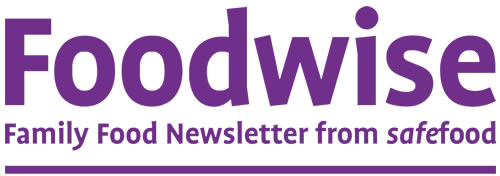An Evaluation of the Impact of the Safefood On-farm Coccidiostat Usage Guidelines

- Project start date: 1 September 2007
- Project status: Completed
- Project type: Food safety
- Discipline: Food chain
- Author/s: Dr Michael O'Keeffe, Ashtown Food Research Centre (AFRC), Teagasc
Research objective
This is an evaluation project, directed at evaluating the success of the research project Poultry Meat: Improving Food Safety by Improving Chemical Residue Surveillance (safefood Project No. RESR 050), 1 April 2001 to 31 March 2005.
This evaluation project considered the effect of the research project, overall, in reducing the incidence of the anticoccidial Nicarbazin occurring at high levels in broiler liver samples, through the identification of the problem in the various surveys carried out within the project and the dissemination activities with the poultry industry throughout the lifetime of the project.
Outputs
Research report
- Title: Unpublished report
- Publication date: 21 February 2006
- Summary: The study assessed Safefood's Nicarbazin guidelines' adoption, finding variable industry compliance. Recommendations include improved training, stricter feed management, and enhanced monitoring to reduce residues in poultry.
- Findings:
Industry engagement
- While poultry processors found the Safefood poster and guidelines useful, their uptake by feed manufacturers and poultry producers was inconsistent. Some found them practical and easy to follow, while others noted they were not specific to feed mills or contained excessive detail.
Changes in production practices
- 75% of poultry producers reported making changes to reduce Nicarbazin residues. These included better bin management, improved feed transition practices, and increased time on withdrawal feed.
- Some poultry processors introduced double-bin systems or company-specific protocols in collaboration with feed manufacturers.
Training and awareness:
- Awareness of the issue was variable. Some poultry producers had no knowledge of the problem, while others acknowledged its potential commercial impact and food safety risks.
- Training was mainly provided by processors or DAFF (Department of Agriculture, Food and the Marine), but not all producers recalled receiving relevant guidance.
- Recommendations:
Enhance industry awareness and training
- Strengthen dissemination of Safefood guidelines with more industry-specific guidance.
- Ensure all poultry producers receive and understand the materials.
- Increase hands-on training and advisory support.
Improve feed management practices
- Encourage the adoption of double-bin or split-bin systems to minimise cross-contamination.
- Emphasise thorough emptying and cleaning of feed bins during feed transitions.
Refine monitoring and compliance efforts
- Conduct periodic evaluations to track reductions in Nicarbazin residues.
- Promote industry-wide standard operating procedures (SOPs) for feed changeovers.
The unpublished report is available on request.




